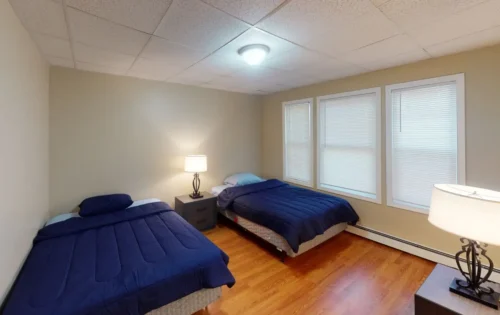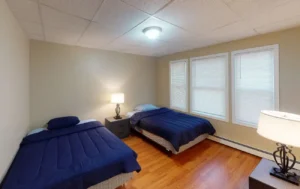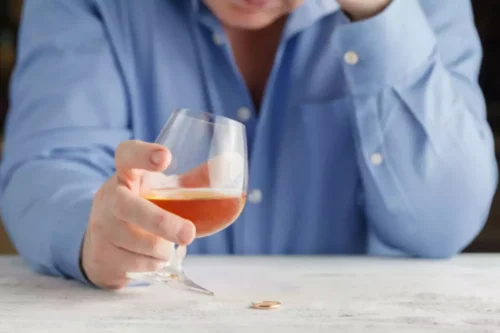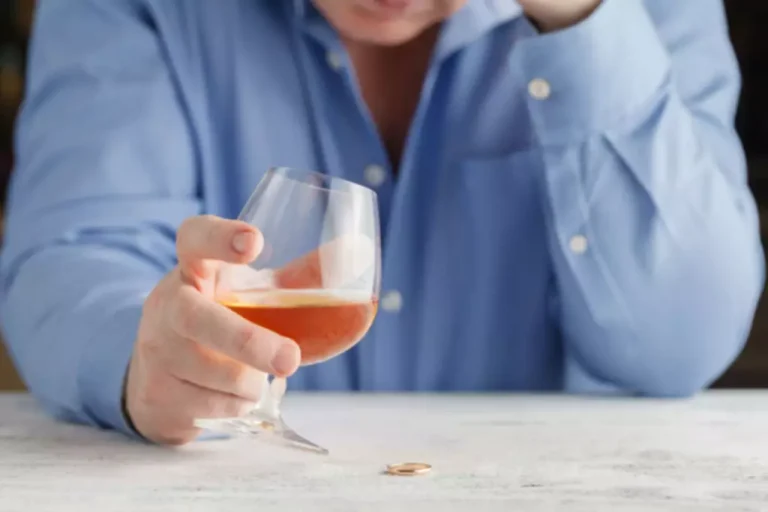
Seeking Safety is a therapeutic approach designed for people with both an SUD and post-traumatic stress disorder (PTSD). While the former targets your internal motivation, the latter guides you to a new way of thinking if you’re fearful or unsure about treatment. Motivational interviewing (MI) is client-centered counseling developed to help you find the what is the best treatment for substance abuse for older adults internal motivation to quit. Many people with SUD have a low or moderate desire to quit, despite the health, financial, social, and legal consequences the SUD may be causing. Several psychological treatments are supported by research and have been deemed appropriate by the American Psychological Association (Division 12) for treating SUD.

Center for Substance Abuse Treatment (CSAT)

This article will break down the clinical conditions that CBT addresses, how it helps those struggling with substance use disorders and other mental health conditions, and who this type of treatment might be right for. There are effective medications that treat opioid , alcohol , and nicotine addiction and lessen the symptoms of many other mental disorders. For more information on behavioral treatments and medications for SUDs, visit NIDA’s Drug Facts and Treatment webpages. For more information about treatment for mental disorders, visit NIMH’s Health Topics webpages. Research has found several behavioral therapies that have promise for treating individuals with co-occurring substance use and mental disorders.
- Individuals who find themselves experiencing an addiction to drugs or alcohol often find the services of a mental health professional to be helpful in overcoming the addiction.
- In this article, we’ll learn more about substance misuse treatment and where to begin if you’re interested in finding help for yourself or for a loved one.
- For others, perhaps it began as a way to stay motivated during long hours of working or studying.
Submit a Nomination for the 2025 Addiction Treatment Leadership Awards

Despite ketamine’s effectiveness as an antidepressant, serious concerns limit its use, including problematic side effects and a high risk of misuse. To address these concerns, the National Institutes of Health (NIH) is invested in finding medications that capitalize on the therapeutic effects of ketamine while avoiding its negative ones. Use these free education and outreach materials in your community and on social media to spread the word about mental health and related topics.
- Often a counselor or social worker can provide assistance to parents in this area and help them find the best way to bring up the subject of substance abuse and addiction with their child.
- Chronic users of alcohol and prescription drugs are typically encouraged not to stop abruptly without medical assistance.
- While AA and NA may be best known, an internet search for “recovery support groups near me” may give you additional choices.
- Funding will support evidence-based, holistic practices that address the overdose crisis.
Next steps

Treatment for substance use disorder can be inpatient or outpatient and is unique to each individual. Group therapy sessions focusing on relapse prevention equip individuals with the skills and mindset needed to overcome setbacks. Group therapy sessions focusing on understanding addiction help individuals understand the science behind their condition. Maintaining sobriety after treatment for substance use is no small undertaking. It’s a lifelong journey involving continually learning how to apply new coping skills to everyday life. There are specific ages that make a person more likely to develop a substance use problem.
Brochures and other educational resources
The exact type of medication given during detox depends on the recovering person’s drug of choice. The medications and treatment program recommended will be based on each individual’s situation. This article discusses the types and symptoms of substance use disorders, as well as how it’s diagnosed and treated. Stopping drug use is just one part of a long and complex recovery process. When people enter treatment, addiction has often caused serious consequences in their lives, possibly disrupting their health and how they function in their family lives, at work, and in the community.
- The goal is to get people to realize they are not being forced to give up something they love but rather be motivated to pursue a life they’ve chosen for themselves.
- Throughout the study, the researchers closely monitored for adverse events, such as negative side effects.
- Clients enter residential treatment, (sometimes known as inpatient treatment), once they are medically cleared and physical withdrawal symptoms have stabilized.
Navigate Treatment Types
They’re most often used for supporting recovery and allow you to connect with people who have similar experiences. Once you’re on the road to recovery, it’s important to engage in self-care, which may include attending a recovery support group and finding activities you enjoy. The fundamental principle of the program is the belief that combining treatment for co-occurring PTSD and SUDs is more effective and yields better results than treating each disorder separately. For instance, a client might have the opportunity to win $100 after having a drug-negative urine sample. In some programs, people have a better chance of winning the longer they remain drug-free. They can help rewire the brain in a variety of ways to put the person back in the driver’s seat.
